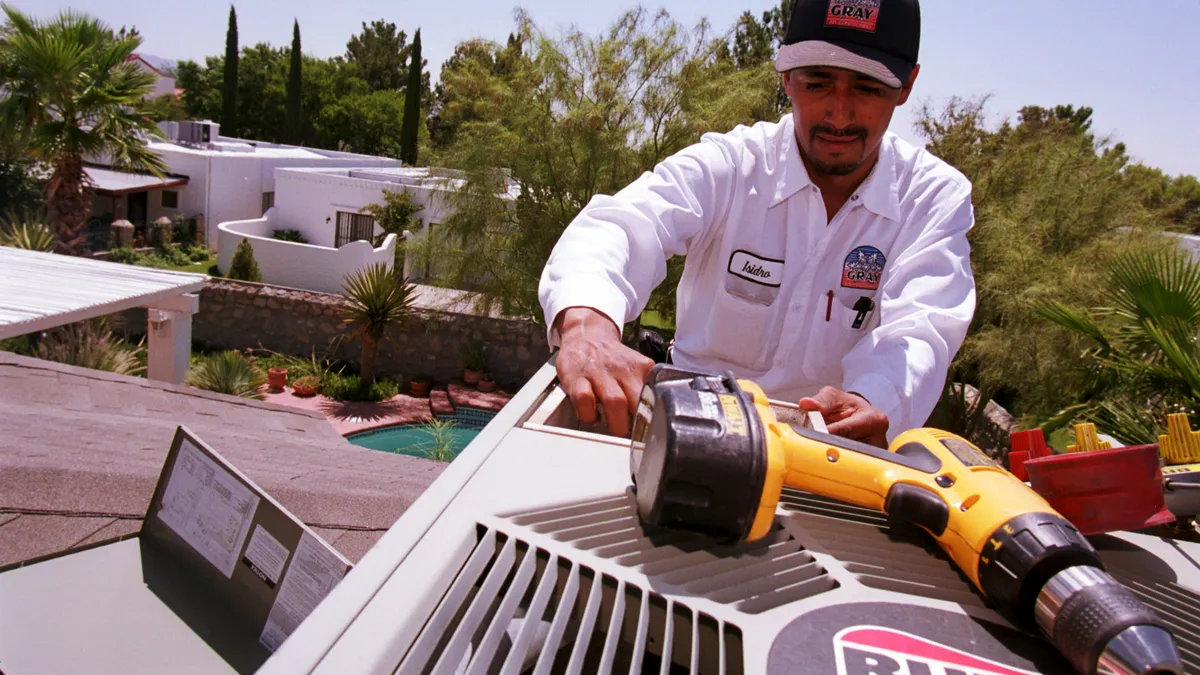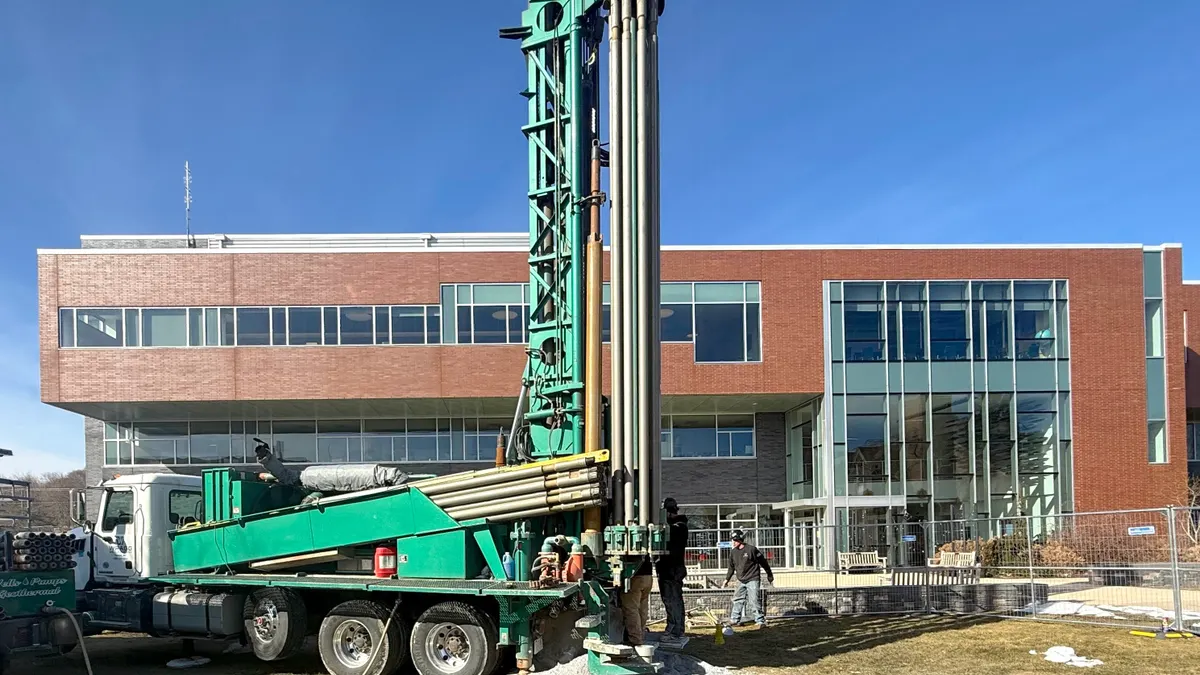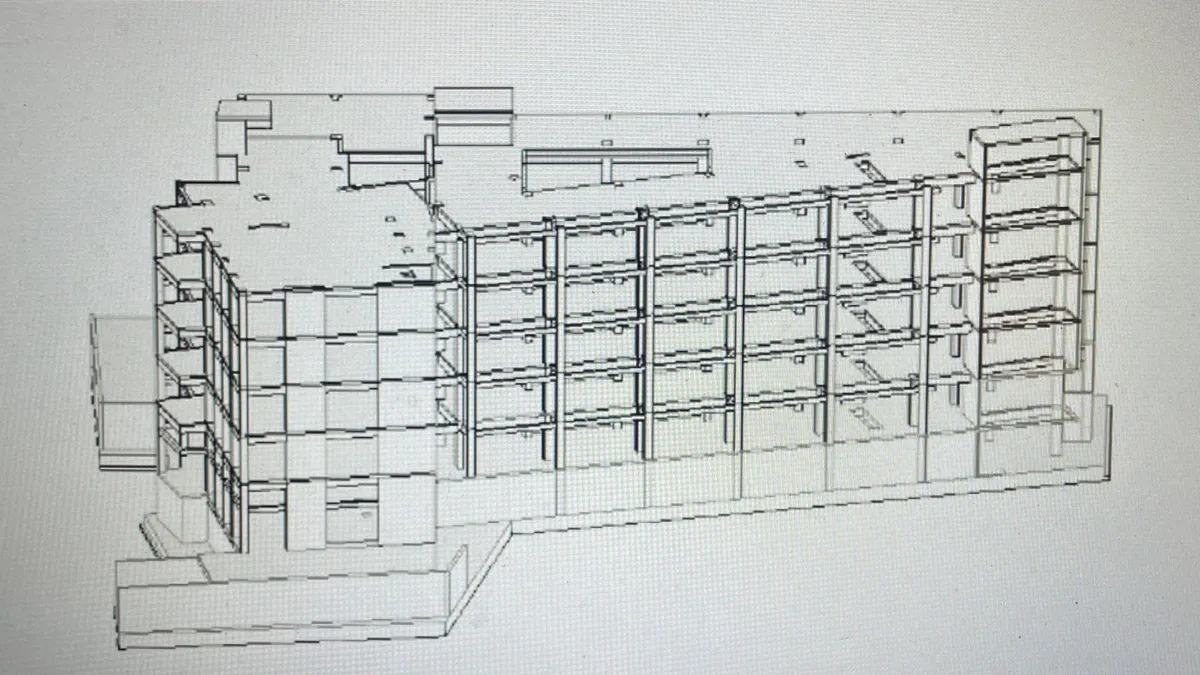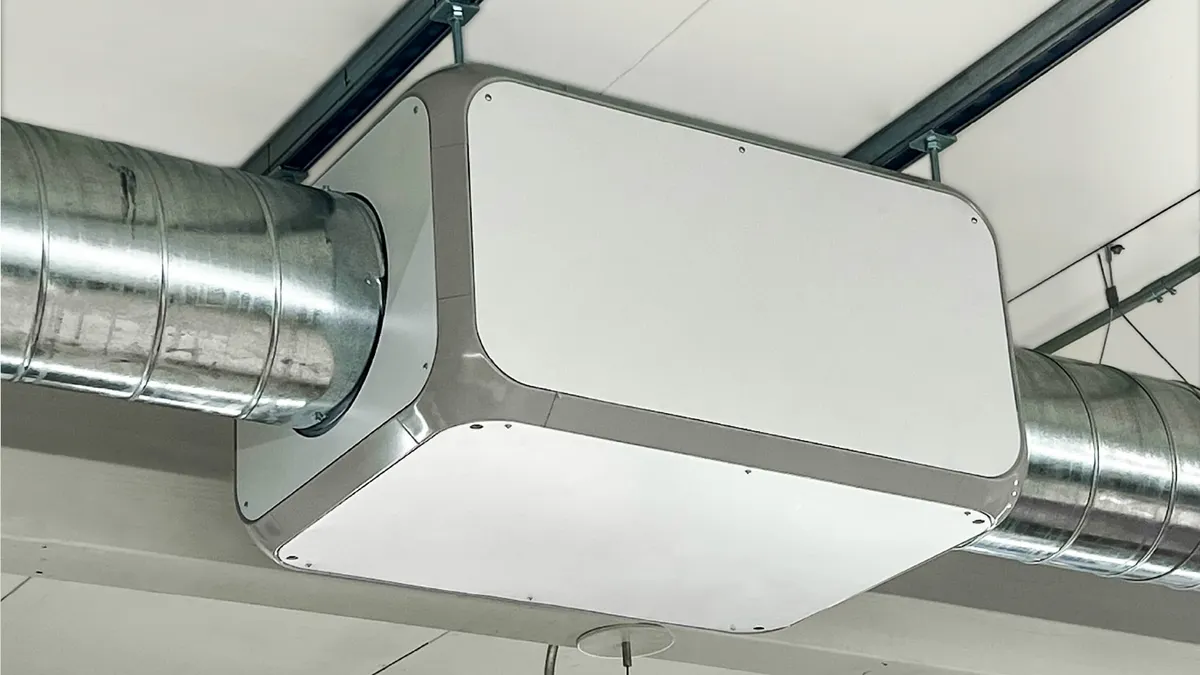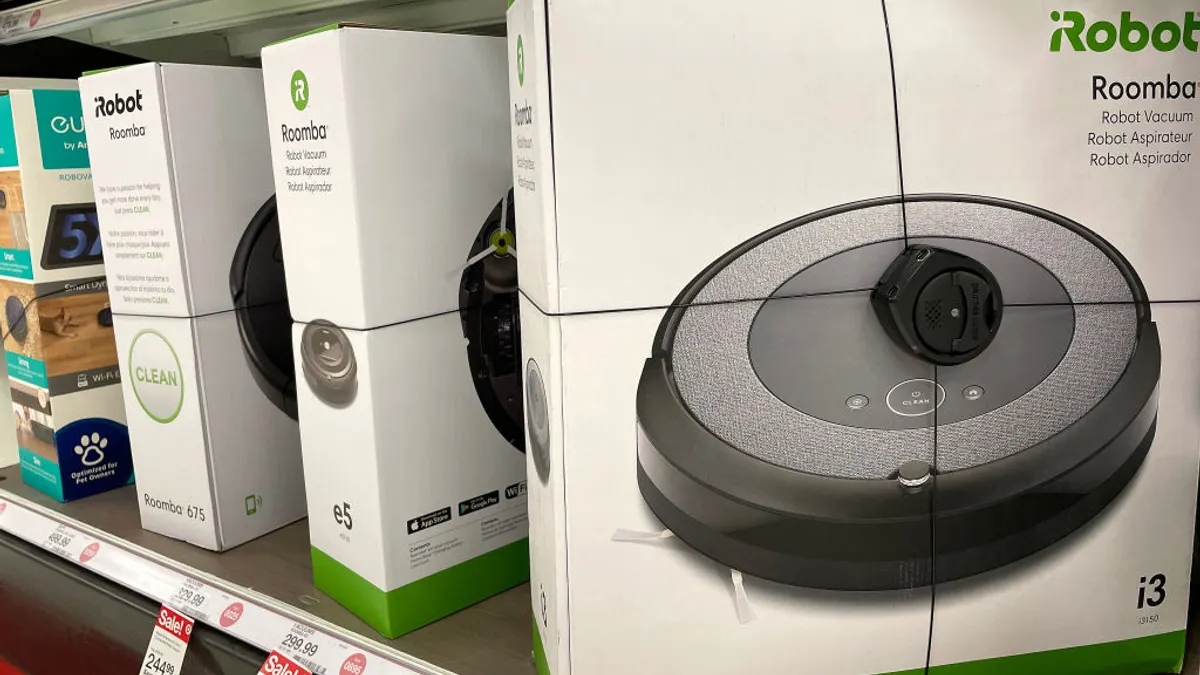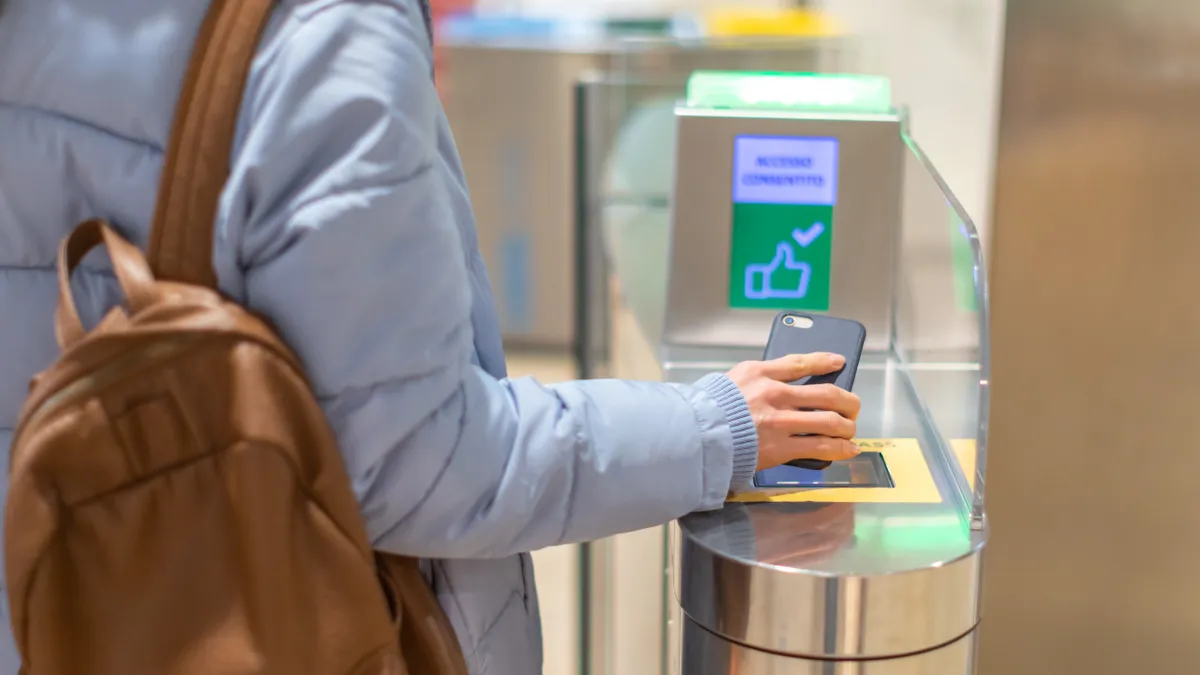Minimum requirements intended to mitigate the risk of disease transmission from infectious aerosols in new and existing buildings and major renovation projects were set by the American Society of Heating, Refrigerating and Air-Conditioning Engineers’ new airborne infection risk mitigation standard for buildings, according to a press release Friday.
Municipalities across the U.S. commonly adopt the professional organization’s standards as part of their building codes. The new standards provide requirements for air system design, installation, operation and maintenance, ASHRAE said.
Key sections of ASHRAE Standard 241-2023, Control of Infectious Aerosols, include an infection risk management mode, which identifies periods of elevated risk for disease transmission, specifications for outdoor airflow rates and filtration, air cleaning technology and performance testing requirements, as well as assessment and planning guidelines which culminate into the development of a “building readiness plan.”
ASHRAE said adopting the standard will reduce exposure to the SARS-COV-2 virus and “other pathogens that can cause major personal and economic damage every year.” The entire consensus process, including project approval, development, final approval of the standard and public review, took six months from authorization to completion and only four months of development time from the first meeting of the project committee, it said.
The published standard follows ASHRAE’s announcement in December that it would prioritize and support expedited development of a national indoor air quality pathogen mitigation standard and the February 2021 launch of the government’s National COVID-19 Preparedness Plan, which includes recommendations for improving ventilation and filtration in buildings.
The standard ’s approval and publication is also in line with federal guidance, such as the U.S. Environmental Protection Agency’s Clean Air in Buildings Challenge, launched last March. The challenge urges building operators to assess ventilation and air cleaning systems, determine how much clean air is needed, and upgrade all central HVAC and in-room air cleaning devices to new MERV-13 air filters, among other recommendations.
“Volunteers and staff dedicated their expertise and thousands of hours of their time to address this urgent industry and societal need,” ASHRAE Presidential Fellow and Standard Project Committee 241 Chair William Bahnfleth said in the release.
Bahnfleth noted that this standard not only reflects ASHRAE’s ability to respond rapidly to a societal need, but is also “a steadfast commitment to the health and safety of people in buildings everywhere.”
A recent indoor air quality survey conducted by the Harris Poll on behalf of R-Zero found that 52% of Americans still feel uneasy about being in crowded indoor spaces due to germs. The report highlights the importance of well-ventilated office spaces, as employers increasingly push for a return to the office, with 74% of respondents saying they would choose a workplace that prioritizes a healthy indoor office over extra monthly personal stipends or free lunches.
Sixty-five percent of respondents aged 18-54 also expressed concern about germ spread in workplaces, with 46% saying they frequently worry about contracting illnesses from colleagues they share a workspace with. A rise in commercial flex space offerings and shared workspace models, combined with a decrease in total office space, exacerbates these concerns
The new standard is now available for presale.ASHRAE said it will continue to improve sections of the standard by adding additional requirements, clarifying requirements and developing tools the public can access and use to meet guidelines.
The EPA has since launched an updated website for the Clean Air in Buildings Challenge, including resources and information on how businesses and organizations can participate. To accompany this, it also began to implement ventilation improvements in its federal building portfolio, and it continued funding for airborne transmission research, effective indoor air quality intervention strategies and incentives for making IAQ improvements.



